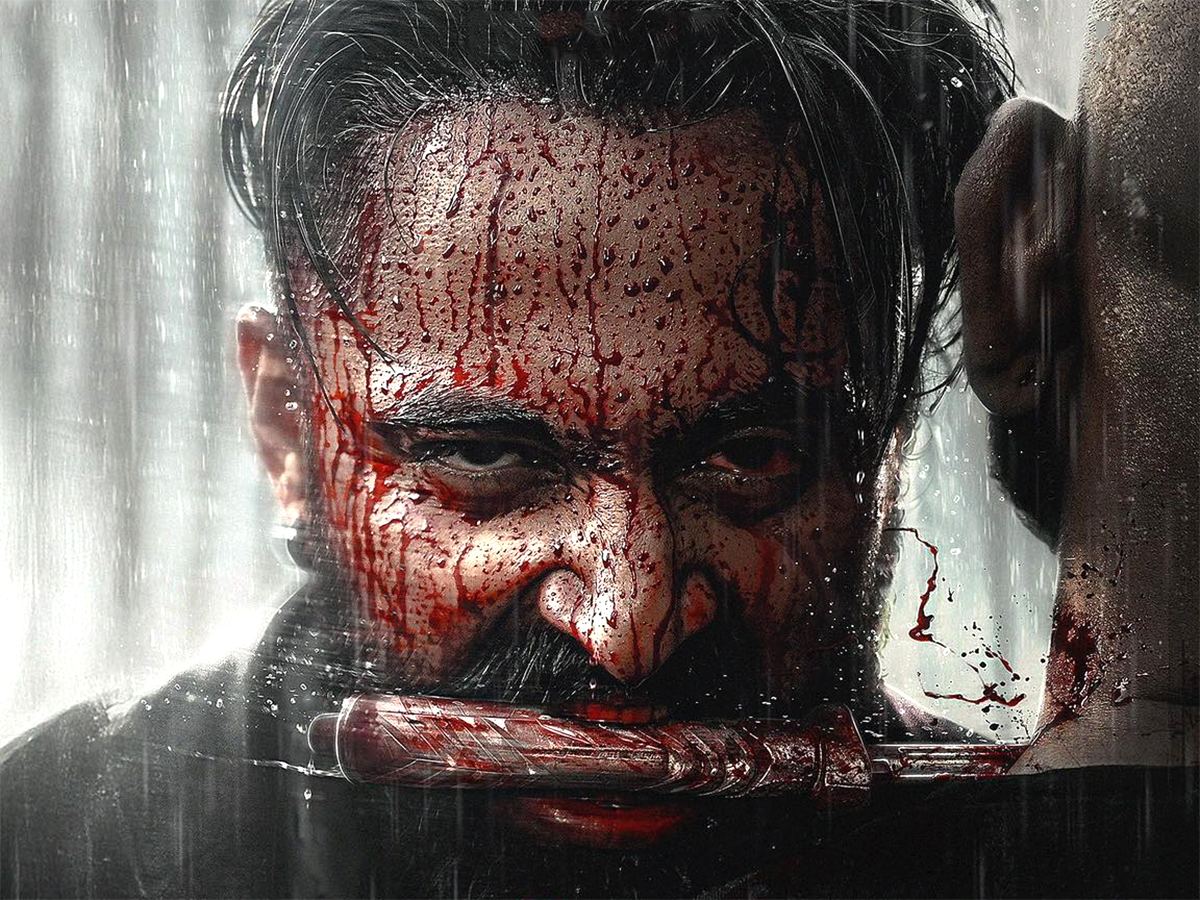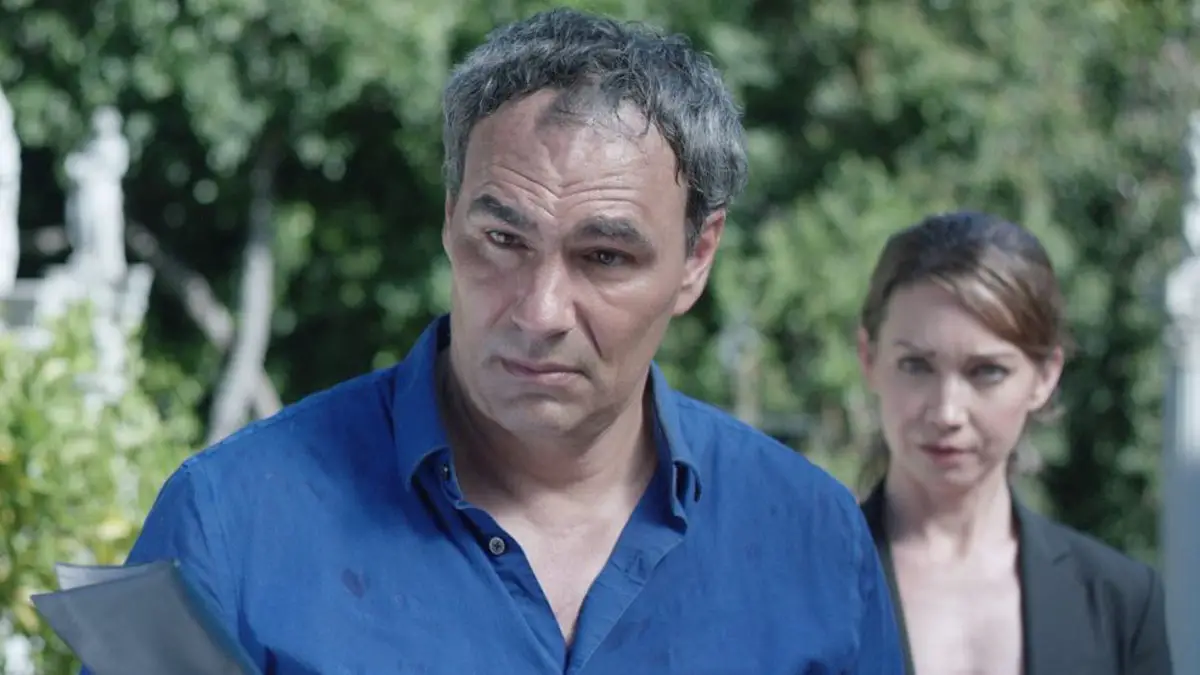If you are one of those die-hard cinephiles who believe Die Hard is a Christmas film (along with the first two Home Alone flicks), then Netflix’s latest offering may very well make it to that coveted list of yours. Jaume Collet-Serra, the mastermind behind some simple yet efficient nail-biting action thrillers is back and while he’s not teaming up with Liam Neeson this time, he’s got an efficient Taron Egerton and a cast-against-the-grain Jason Bateman facing it off in Carry-On.

Exactly a decade after Non-Stop, Collet-Serra is back with another aviation thriller. In Carry-On, a young Transportation Security Administration (TSA) officer named Ethan Kopek (Taron Egerton) with enough emotional baggage of his own, tries to work up his ranks at the Los Angeles International Airport where his pregnant girlfriend, Nora (Sofia Carson) also works. When he finally gets approval from his supervisor, Phil Sarkowski (Dean Norris) to manage a baggage-scanning lane, hell is served on a conveyor belt to Ethan. A mysterious traveller, with an accomplice to execute his kill order, blackmails Ethan to allow a specific carry-on luggage pass through the scanner. Without knowing what the package is and the level of destruction it could bring, Ethan has to circumvent constant surveillance and stop the parcel from affecting anyone in this cat-and-mouse game.
Carry-On (English)
Director: Jaume Collet-Serra
Cast: Taron Egerton, Sofia Carson, Danielle Deadwyler, Jason Bateman
Runtime: 119 minutes
Storyline: A young Transportation Security Administration officer has to outsmart a mysterious traveller who blackmails him into allowing a dangerous package onboard a flight on Christmas Eve
The film’s title itself is a wordplay — apart from meaning the piece of luggage one gets to personally take inside a flight and it also doubles as what Ethan is expected to do with his job despite the major turn of events. This simple yet effective ploy is what Collet-Serra utilises and what keeps the wafer-thin one-liner not just afloat, but flying high, is a testemant to the deft screenplay. The film wastes no time introducing its lead characters and throws us bang in the middle of the action. With some clever exposition, we learn more about them as the story progresses and the characters get to squeeze more details out of each other.

Egerton pulls off a convincing performance as a man whose life goes for a toss after answering a single phone call. Unlike the indestructible force that is Bruce Willis’ John McClane, Egerton’s Ethan is no superhero who uses his brawn to take challenges head-on. Instead, the character starts by employing simpler tricks to attract the attention of his peers — such as using his smartwatch to communicate once he loses possession of his phone — and when the odds stack up against him, he takes it upon himself to save the day.

A still from ‘Carry-On’
| Photo Credit:
Netflix
Concurrently, there’s also Elena Cole, an LAPD detective, who connects a double homicide to Ethan’s aborted 911 call. But apart from being in a high-speed car sequence featuring the most factitious-looking CG work, the parallel track adds very little except to tie a few loose ends. It’s Bateman’s nameless mercenary character that comes as a surprise package (pun intended) and the actor pulls off the antagonist with so much suave, leaving us only wishing to see more of him in such off-beat roles.

The film has its fair share of loopholes and the creative liberties taken by the makers feel evident, but Carry-On is not a film you watch for factual accuracies. In fact, the film is packaged well enough to make us ponder its issues only after the pertaining scene is long gone and that by itself is a commendable feat. After getting sidetracked by helming films like Jungle Cruise and Black Adam, Collet-Serra is back in his zone and boy, he thrives in it. Carry-On is sure to remind its audience of the mindless actioners from the ‘90s which worked purely thanks to their value for popcorn entertainment and while it might not make you go ‘Yippee-Ki-Yay’, it’ll surely leave you on cloud nine.
Carry-On is currently streaming on Netflix
Published – December 29, 2024 10:50 am IST




.jpg?h=54ba2924&itok=pu_jIJe8)




































/cdn.vox-cdn.com/uploads/chorus_asset/file/25672934/Metaphor_Key_Art_Horizontal.png)



/cdn.vox-cdn.com/uploads/chorus_asset/file/24982514/Quest_3_dock.jpg)


